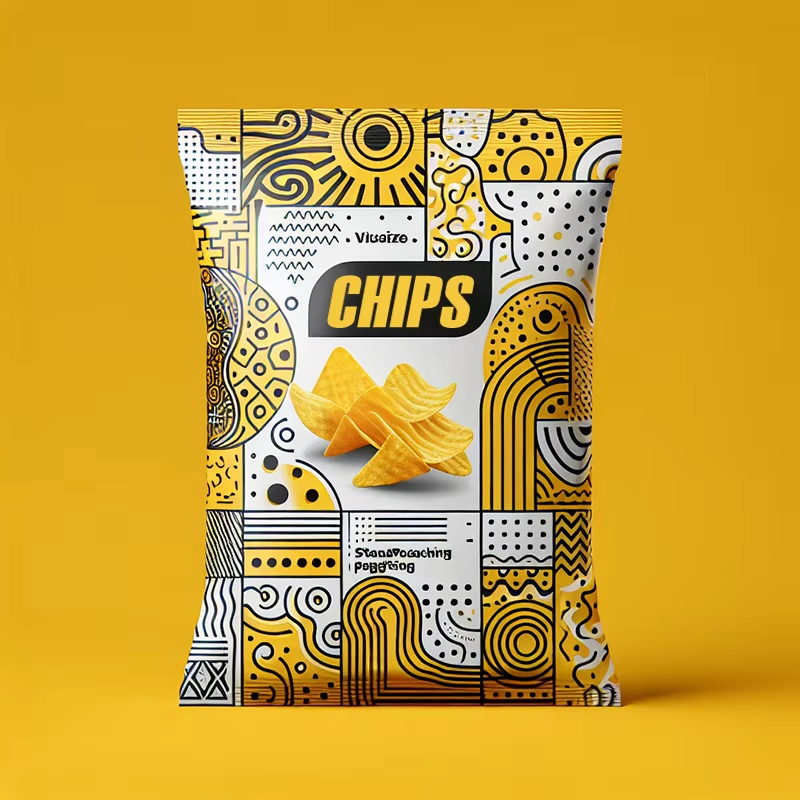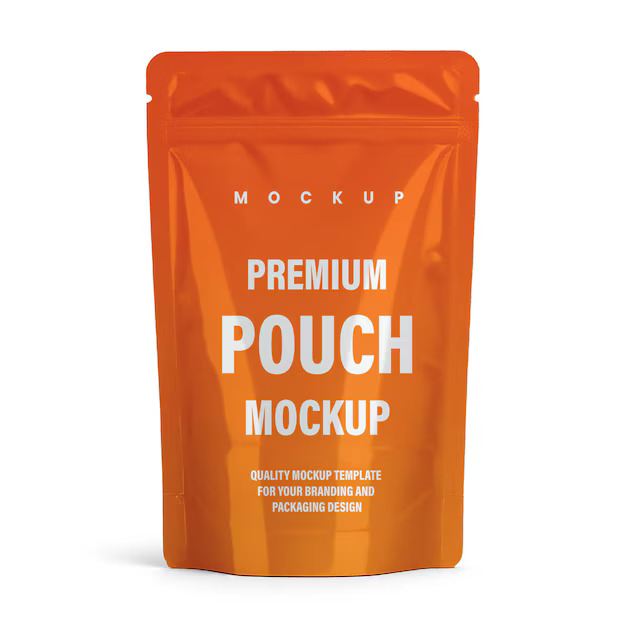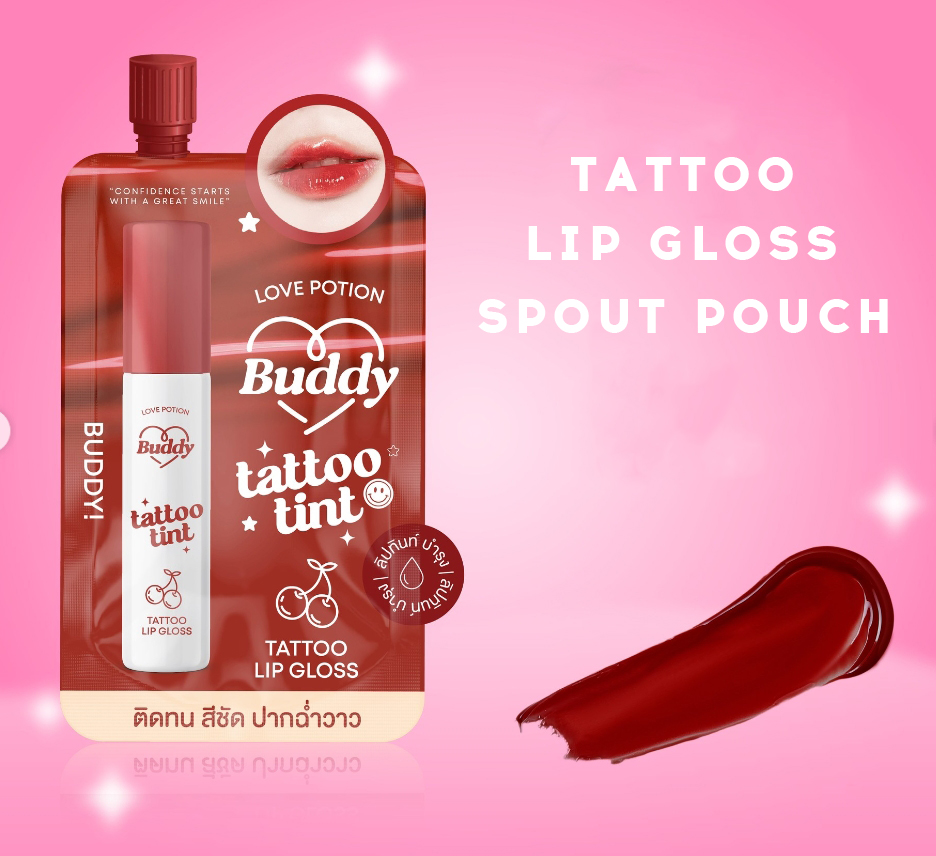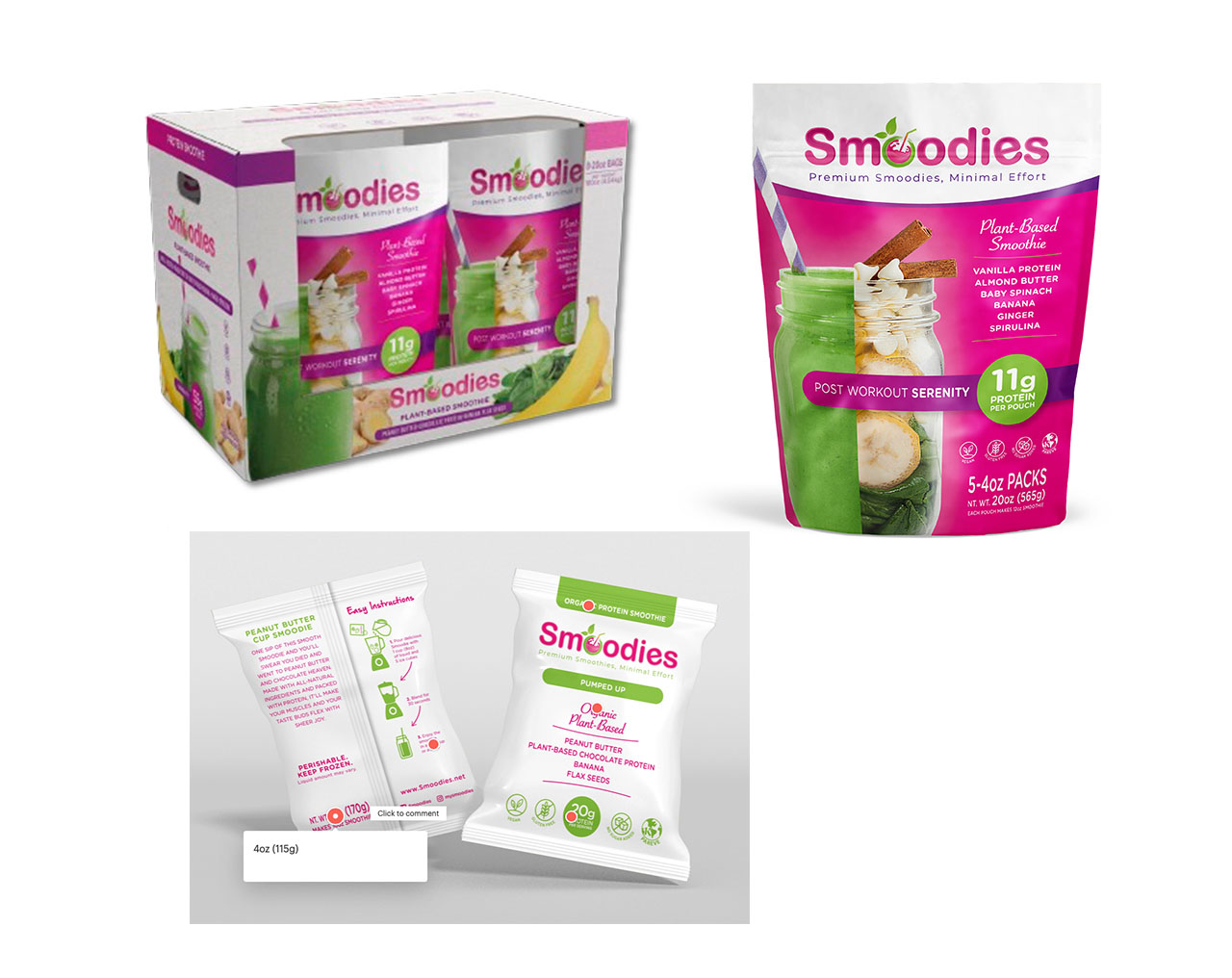Packaging bags come in various types, each designed to serve specific purposes and cater to different products and industries. Here's an overview of some common bag types used in packaging:
Stand-Up Pouches: Stand-up pouches are flexible bags with a bottom gusset that allows them to stand upright on store shelves. They often have resealable features like zippers or sliders, making them suitable for a wide range of products, including snacks, pet food, and liquids.
Flat Pouches: Flat pouches are simple, flat bags often used for packaging items like coffee, tea, spices, and single-use food items. They are easy to print on and seal, making them popular for branding purposes.
Gusseted Bags: Gusseted bags have expandable sides (gussets) that provide extra space for packaging bulkier items or products with irregular shapes. They are commonly used for packaging items like grains, powders, and baked goods.
Quad Seal Bags: Quad seal bags, also known as corner-sealed bags, have four side panels and a flat bottom, creating a stable base for standing on store shelves. They are ideal for packaging products like coffee, snacks, and pet food.
Vacuum Bags: Vacuum bags are designed to remove air from the packaging, helping to extend the shelf life of products such as meats, cheeses, and vegetables. They are typically made of materials that provide a barrier against moisture and oxygen.
Zipper Bags: Zipper bags feature a resealable zipper closure, making them convenient for consumers to open and close repeatedly. These bags are commonly used for snacks, frozen foods, and various consumer goods.
Spout Pouches: Spout pouches are flexible bags with a built-in spout, making them suitable for liquids, gels, and semi-liquid products such as sauces, juices, and baby food.
Foil Bags: Foil bags are constructed with a layer of foil or metalized film, providing excellent barrier properties against light, moisture, and oxygen. They are commonly used for packaging items like coffee, snacks, and pharmaceuticals.
Paper Bags: Paper bags are eco-friendly options often used for packaging dry goods, groceries, and takeout items. They come in various sizes and can be customized with branding and designs.
Biodegradable and Compostable Bags: These environmentally friendly bags are designed to break down naturally, reducing their impact on the environment. They are used for various products, including organic foods and eco-conscious brands.
Tote Bags: Tote bags are reusable and often made of cloth, canvas, or non-woven materials. They are used for promotional purposes, shopping, and as giveaways at events.
Plastic Bags: Plastic bags come in various forms, including grocery bags, polyethylene bags, and polypropylene bags. They are used for a wide range of products, from groceries to clothing.
Woven and Non-Woven Bags: These sturdy bags are typically made from woven polypropylene or non-woven materials and are used for packaging agricultural products, such as grains and produce.
Drawstring Bags: Drawstring bags have a closure mechanism that allows users to cinch the bag shut with a drawstring or cord. They are commonly used for gift packaging and promotional items.
Pouches with Windows: Some pouches feature a transparent window, allowing consumers to see the product inside. These are often used for items like snacks, candies, and dried fruits.
The choice of bag type depends on factors such as the product's characteristics, shelf life requirements, branding goals, and consumer convenience. Selecting the right bag type is essential to ensure that your product is effectively packaged and presented to your target audience.
 Sustainable Shift: The Rise of Biodegradable Packaging Materials in the Food Industry
Sustainable Shift: The Rise of Biodegradable Packaging Materials in the Food Industry
 The Impact of Modified Atmosphere Packaging on Food Preservation
The Impact of Modified Atmosphere Packaging on Food Preservation
 Unveiling the Advantages of Tattoo Tint Packaging: A Perfect Blend of Sustainability, Style, and Functionality
Unveiling the Advantages of Tattoo Tint Packaging: A Perfect Blend of Sustainability, Style, and Functionality
 The Evolution of Food Packaging: From Pouches to Display Boxes
The Evolution of Food Packaging: From Pouches to Display Boxes